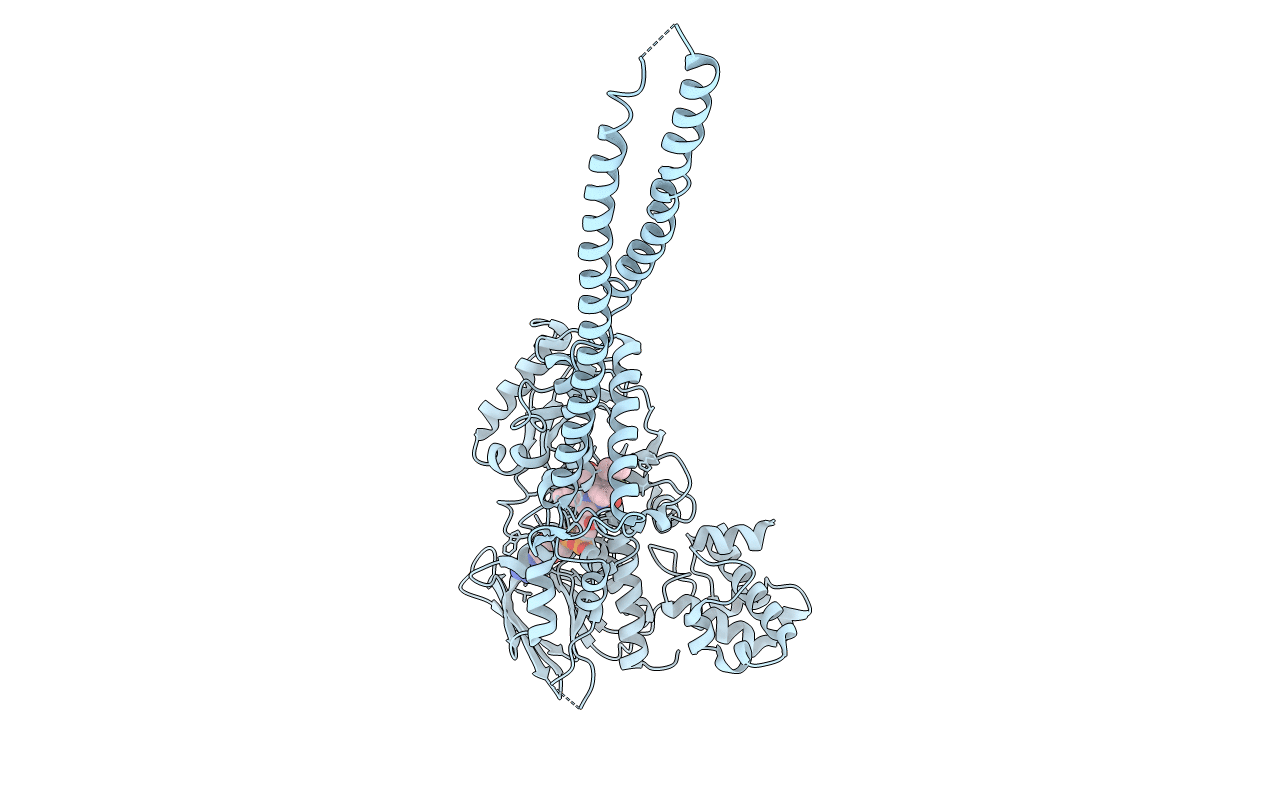
Deposition Date
2009-12-21
Release Date
2010-07-07
Last Version Date
2023-11-01
Entry Detail
PDB ID:
3ABU
Keywords:
Title:
Crystal Structure of LSD1 in complex with a 2-PCPA derivative, S1201
Biological Source:
Source Organism:
Homo sapiens (Taxon ID: 9606)
Host Organism:
Method Details:
Experimental Method:
Resolution:
3.10 Å
R-Value Free:
0.29
R-Value Work:
0.24
R-Value Observed:
0.24
Space Group:
P 61 2 2


